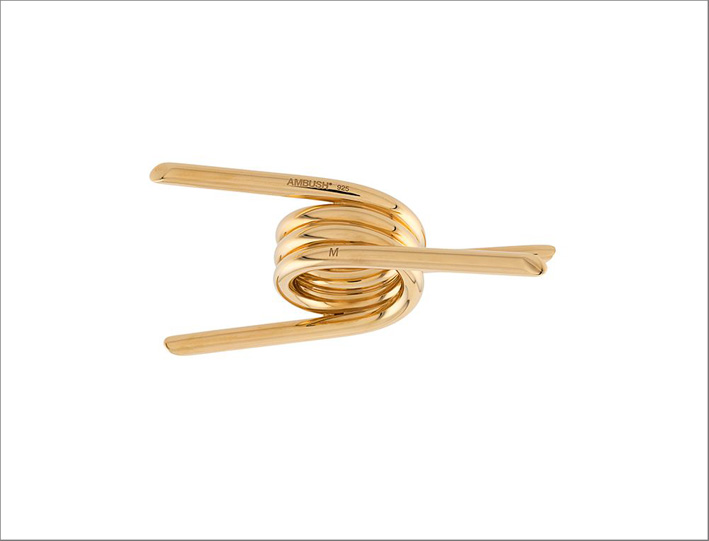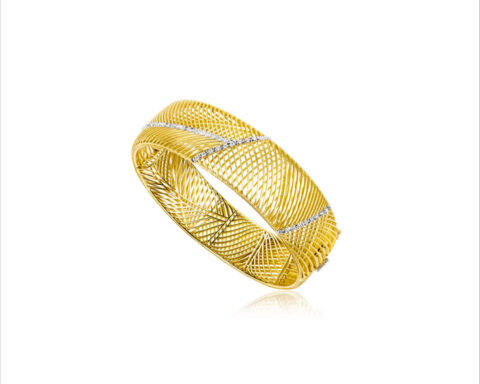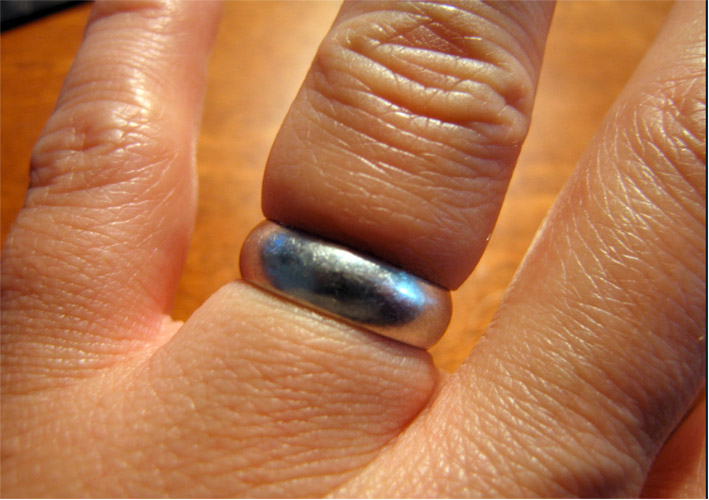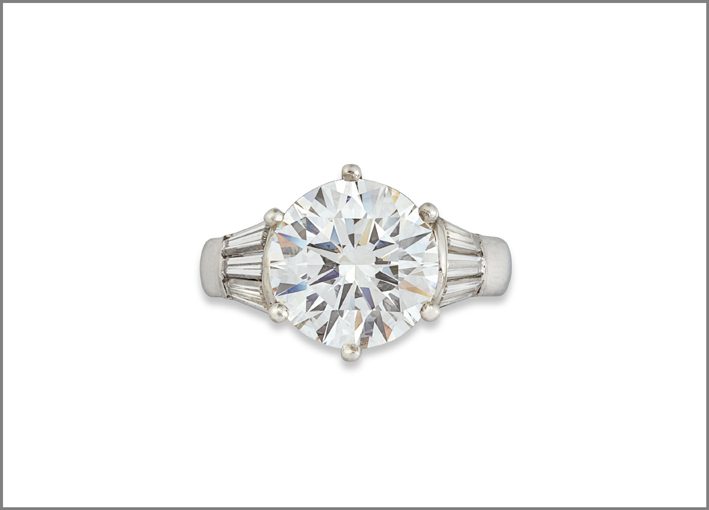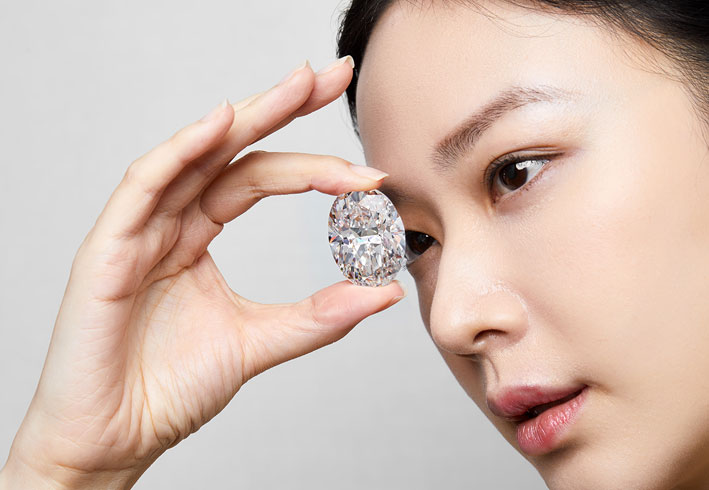Can the jewels be wet? Can jewels be damaged? Certainly the sea is a danger for jewels: we talked about it here. But there is not only the sea. There are many occasions, starting with your own bathtub, shower in the morning or simply the kitchen sink, where jewelry can get wet. Here, in fact: can jewels be wet? It depends. The main aspect to consider is the material they are made of. But, in any case, remember that sea salt and chlorine or other disinfectants in swimming pools can always ruin your jewelry.

Gold. The metal in its natural state does not oxidize because it does not chemically react to oxygen. Therefore, it is not afraid of contact with liquids. But, be careful: gold is often coated with a thin rhodium patina that serves to make it brighter or to change its color (as in the case of blackened gold). In this case, the jewel often immersed in water could lose its brilliance. There is, then, another problem: gold jewelry almost always does not use metal in its natural state, that is, 24 karat. In particular, the gold jewels most at risk are those that contain a greater amount of other alloying metals. For example, 14-karat gold or, even more diluted in the metal alloy, 9-karat gold. Also in this case, contact with water or other liquids can cause the metal to lose its luster.
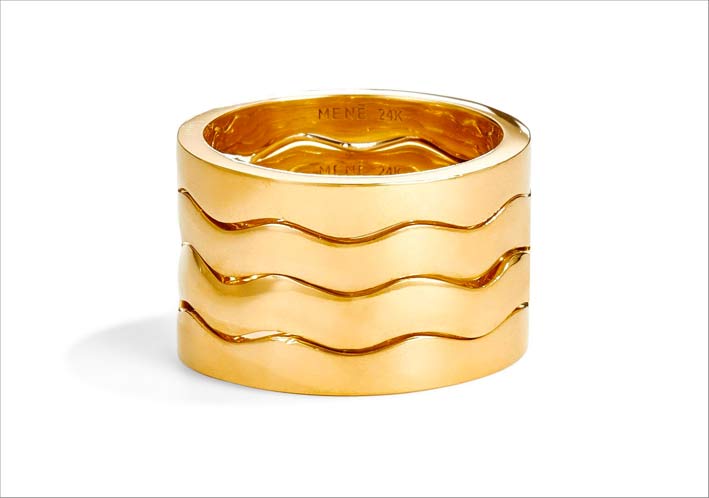
Gold plating. There are cases of gold oxidation when this is a plating on another metal. This phenomenon occurs, for example, when a mercury gilding process is used, which is based on the application of a mercury-gold amalgam on a metal, followed by heating to remove the mercury: thus a layer of gold is obtained porous, which can let liquids penetrate. In this case, a chemical reaction on the metal used as a support can cause an oxidation phenomenon that is reflected on the whole jewel, even on the gold part. In any case, a gold plating is more fragile and tends to wear out over time. In this case, liquids can oxidize the underlying metal: if this happens, the only remedy is to proceed with a new plating. It is better not to expose gold-plated jewelry, by whatever method it was made, to prolonged contact with water.

Vermeil. Same goes for the plating: vermeil, in fact, is gold-plated silver. It is considered a fairly refined formula, but it is easy to damage the plating, perhaps with small scratches that can put water in contact with the silver.

925 silver or sterling silver. It is the purest silver, a rather robust metal, but which can lose its sheen patina on prolonged contact with water, especially in environments such as swimming pools, or with solvents used for cleaning. Occasional contact with clean, unsalted water does not have a negative effect, but the jewel can be damaged if it comes into contact with sunscreen, perfumes or other cleaning substances. On the market there are also jewelry with 075 silver, which contains germanium, which prevents oxidation and can help preserve the metal with its original appearance. It is a little more resistant, but up to a certain point.
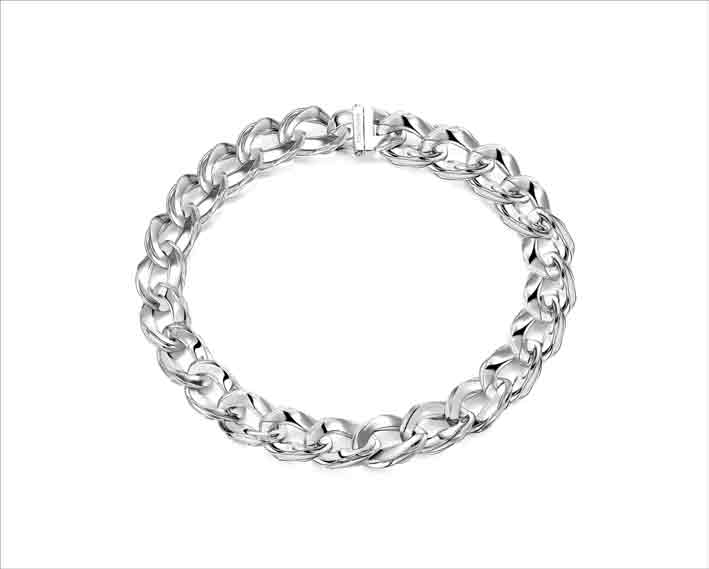
Brass. It is a fairly robust alloy, but it can oxidize on prolonged contact with water. Brass can corrode due to the components of zinc, copper and tin. In this case the metal becomes progressively blackish, green or blue, with an oxidized coating which, however, can be removed.
